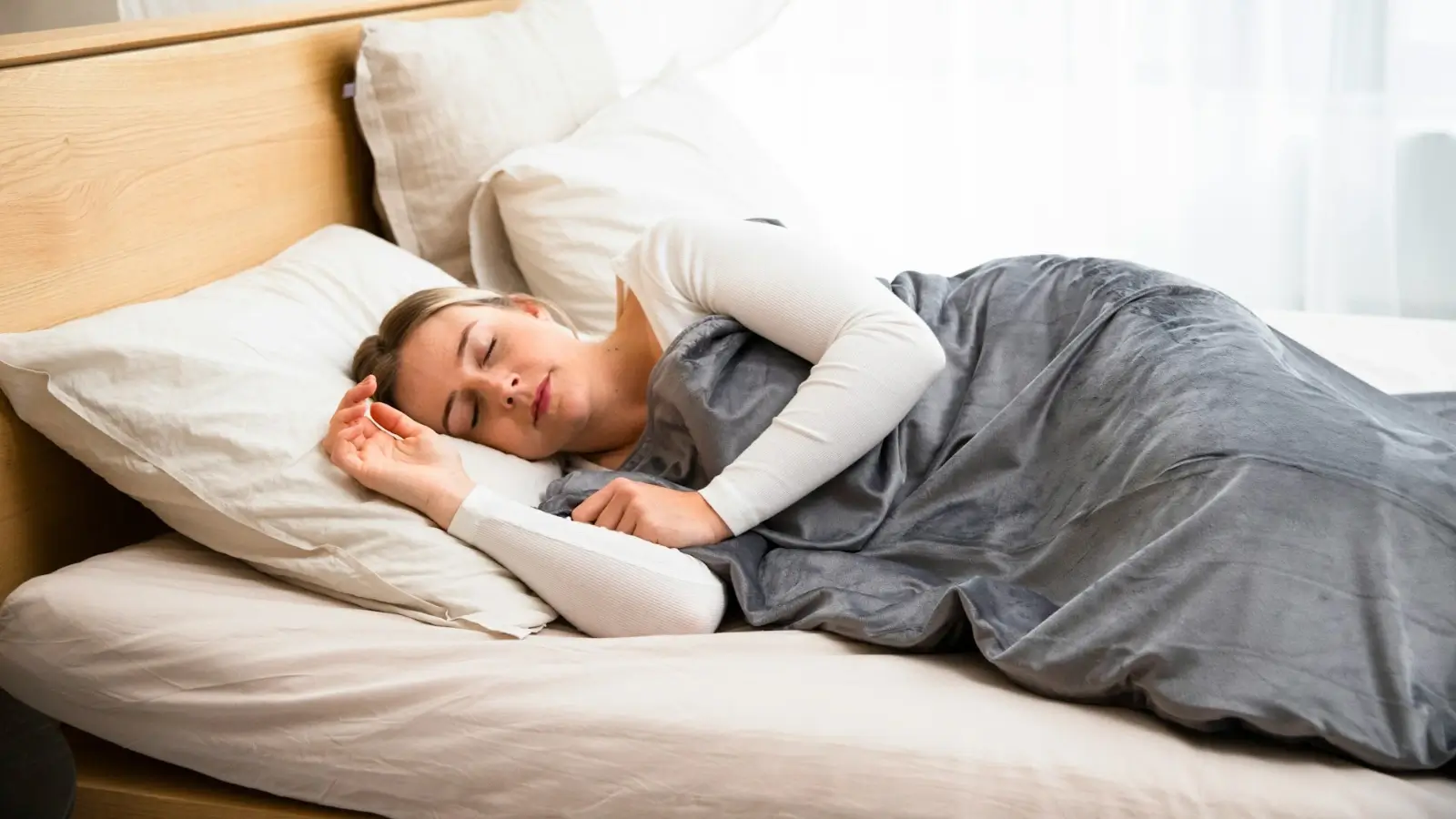


We spend about a third of our lives sleeping, or at least, trying to. For many, it's a nightly battle against tossing, turning, and the dreaded 3 AM stare at the ceiling. But what if the problem isn't just about feeling groggy the next day? What if your poor sleep is a red flag for more serious, hidden health risks?
Poor sleep isn't just a minor inconvenience; it's a potential gateway to significant health issues. Many people dismiss their snoring or daytime fatigue as normal signs of aging or a busy life. However, these could be symptoms of underlying conditions like sleep apnea, a disorder where breathing repeatedly stops and starts during sleep. Ignoring these signs can lead to serious consequences, including heart problems, high blood pressure, and type 2 diabetes.
This is where at-home sleep tests come in. They offer a convenient, comfortable, and discreet way to get to the bottom of your sleep troubles without the hassle of an overnight stay in a sleep lab. This guide will explore how these tests work, what they can uncover, and why paying attention to your sleep might be one of the most important health decisions you make.
Think of sleep as your body's nightly maintenance crew. It's when your brain consolidates memories, your muscles repair themselves, and your hormones regulate. When this process is constantly interrupted, the whole system goes haywire.
For individuals with sleep apnea, these interruptions are frequent and jarring. Each time breathing stops, the brain sends out a panic signal to wake the body up just enough to take a breath. This can happen hundreds of times a night without the person even realizing it. The result is fragmented, poor-quality sleep that leaves you exhausted, no matter how many hours you think you've logged.
The chronic oxygen deprivation and stress from these constant awakenings put immense strain on the body. It’s like running a marathon every night without ever leaving your bed. This nightly ordeal is linked to a host of serious health problems.
That thunderous snoring that your partner complains about might be more than just an annoyance. It can be a major symptom of obstructive sleep apnea (OSA), and the health risks associated with it are no laughing matter.
Here are some of the major health conditions linked to untreated sleep apnea:
Traditionally, diagnosing sleep apnea meant an overnight stay in a sleep clinic. This involved being hooked up to a dizzying array of wires and sensors while trying to sleep in an unfamiliar bed, all while being monitored on camera. It’s not exactly a recipe for a typical night's rest.
Thankfully, technology has provided a much more comfortable alternative: the at-home sleep test. These tests are designed to be user-friendly, allowing you to monitor your sleep in the comfort and privacy of your own bedroom.
While not as comprehensive as an in-lab study, a home sleep apnea test gathers crucial data to diagnose obstructive sleep apnea. The device typically includes:
The setup is simple, usually taking just a few minutes before you go to bed. You sleep as you normally would, and the device records the necessary data overnight. The next day, you simply return the device, and a qualified sleep specialist analyzes the results to determine if you have sleep apnea and its severity.
The advantages of choosing an at-home test are clear:
If you suspect you have a sleep disorder, the first step is a diagnosis. For many people wondering where they can buy home sleep apnea test kits, it's important to consult with a healthcare provider who can prescribe one and ensure the results are properly interpreted by a sleep specialist.
Discovering you have sleep apnea can be daunting, but it's also the first step toward reclaiming your health. The good news is that it's a highly treatable condition. Once diagnosed, a sleep specialist can recommend a course of action tailored to your specific needs.
The most common and effective treatment for sleep apnea is Continuous Positive Airway Pressure (CPAP) therapy. This involves wearing a mask over your nose or mouth while you sleep, which is connected to a machine that delivers a steady stream of air to keep your airway open.
While a CPAP machine might not sound like the most glamorous bedroom accessory, its impact can be life-changing. Users often report immediate improvements, including waking up feeling refreshed for the first time in years, having more energy throughout the day, and, of course, a significant reduction in snoring. Your partner will thank you.
Sleep is not a luxury; it's a fundamental pillar of health. Ignoring the signs of a potential sleep disorder is like ignoring the check engine light on your car—you might be able to keep going for a while, but eventually, you're headed for a breakdown.
An at-home sleep test provides a simple, accessible way to investigate your sleep issues and uncover hidden health risks before they become serious problems. Don't let another restless night go by. Talk to your doctor, get tested, and take the first step toward better sleep and a healthier life. It's time to stop just surviving and start thriving.